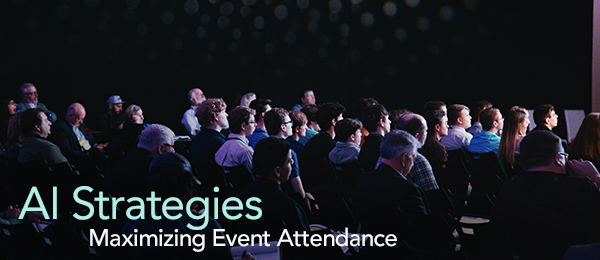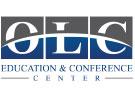
Unlocking Growth: AI Strategies for Maximizing Event Attendance
Just six months ago, the world faced significant challenges with deepfake verification. More recently, a groundbreaking directive mandated that each federal agency appoint a Chief AI Officer, bringing a wave of private sector leaders into governmental roles. And this Thursday, the White House will host a critical event to demonstrate AI’s broad potential across government, industry, and academia.
The ripple effects are unmistakable. Both governmental and commercial sectors are actively embedding comprehensive strategies to integrate AI within their operations. The events industry is on the brink of a transformative shift, leveraging AI to foster economic growth, boost operational efficiency, and most importantly, address systemic attendance challenges.
Harnessing Predictive Analytics for Segmentation
Predictive marketing opens the door for organizations that lack extensive analytics teams, making it much easier to reach their audience and boost event attendance. Numerous platforms and apps, such as HubSpot and Salesforce, offer AI-powered outreach by utilizing advanced machine learning algorithms and data analytics. These products analyze vast amounts of data from multiple channels—emails, social media interactions, and push notifications—to identify patterns and preferences in attendee behavior.
Imagine an orthopaedic conference using AI to segment its audience and send personalized invitations: experienced surgeons receive details about advanced workshops, while students get information on introductory sessions, all timed perfectly through AI-driven push notifications and emails.
Scaling Audiences and Content with AI-Driven Ads
In the realm of digital advertising, AI has emerged as a powerful tool for optimizing ad campaigns and maximizing ROI. On LinkedIn, it tracks professional interactions, refining placements to engage users who show interest in related events. Similarly, Facebook’s algorithm optimizes ad delivery based on detailed user data, enhancing the likelihood of reaching potential attendees.
In-house teams, even without deep advertising experience, can efficiently set up multiple campaigns using standard AI algorithms and automation tools. This is especially helpful for organizations lacking dedicated ad professionals or extensive marketing knowledge.
Meanwhile, agencies can offer a wealth of experience and expertise, now elevated with AI capabilities. They often work closely with event venues to craft personalized advertising strategies – targeting users before, during and after the event.
Immersive Learning with VR and AR
In the realm of medical education, AI’s integration through immersive technologies like VR and AR has revolutionized training and learning environments. These technologies have provided realistic simulations and interactive learning experiences, significantly enhancing learner engagement and educational outcomes.
Such advanced applications are no longer limited to the traditional setting. More B2B and B2C organizations than ever are leveraging immersive experiences to attract broader audiences and retain existing ones.
Bridging Language Barriers in Real-Time
One of the standout applications of AI is real-time translation delivered directly to attendees’ smartphones. AI’s ability to break language barriers has made international and domestic conferences more accessible and inclusive – attracting a larger group of attendees. Services like this allow global attendees to participate fully, resulting in a notable increase in both attendance and satisfaction.
The upcoming White House event is a testament to a global commitment to integrating AI into the world fabric. As we look to the future, its role in the success and ROI of events continues to grow. The stakes are high, and the message is unequivocal: adopt or risk falling behind.

